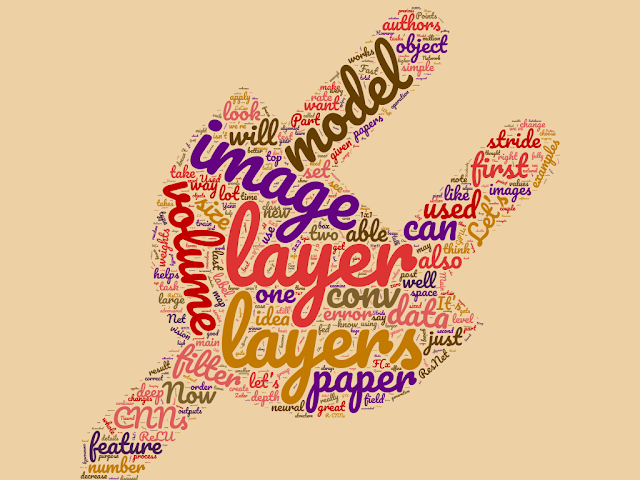What is Logistic Regression?
Logistic Regression is closely related to Linear Regression. Read my post on Linear Regression here.
Logistic Regression is a classification technique, meaning that the target Y is qualitative instead of quantitative. For example, trying to predict whether a customer will stop doing business with you, a.k.a. churn.
Logistic Regression models the probability that a measurement belongs to a class:
If we would try to predict the target value directly, (let's say churn = 1 and not-churn = 0), as you would with Linear Regression, the model might output negative target values or values larger than 1 for certain predictor values. Probabilities smaller than zero or larger than 1 make no sense, so instead we can use the logistic, or sigmoid, function to model probabilities.
This is also:
which is the form you usually see it in when it is used as the activation function in a neural network layer.
This function will only output values between 0 and 1, which you can then use as is if you need probabilities (i.e. the probability that a customer will churn), or you can use a threshold, say at p(x) > 0.5 for class 1 if you want to do classification.
How do you fit the Logistic Regression model to data?
For this we use the Maximum Likelihood method. This tries to maximize the product of the logistic function for all x's where y = 1 and one minus this where y = 0:
Logistic Regression can be extended to more than two class problems, but in practice other algorithms are usually preferred for this.
Logistic Regression is a classification technique, meaning that the target Y is qualitative instead of quantitative. For example, trying to predict whether a customer will stop doing business with you, a.k.a. churn.
Logistic Regression models the probability that a measurement belongs to a class:
If we would try to predict the target value directly, (let's say churn = 1 and not-churn = 0), as you would with Linear Regression, the model might output negative target values or values larger than 1 for certain predictor values. Probabilities smaller than zero or larger than 1 make no sense, so instead we can use the logistic, or sigmoid, function to model probabilities.
This is also:
which is the form you usually see it in when it is used as the activation function in a neural network layer.
This function will only output values between 0 and 1, which you can then use as is if you need probabilities (i.e. the probability that a customer will churn), or you can use a threshold, say at p(x) > 0.5 for class 1 if you want to do classification.
How do you fit the Logistic Regression model to data?
For this we use the Maximum Likelihood method. This tries to maximize the product of the logistic function for all x's where y = 1 and one minus this where y = 0:
Logistic Regression can be extended to more than two class problems, but in practice other algorithms are usually preferred for this.


Thanks for sharing this blog
ReplyDeleteDOT NET training in Marathahalli
dot net training institute in Marathahalli
dot net course in Marathahalli
best dot net training institute in Marathahalli